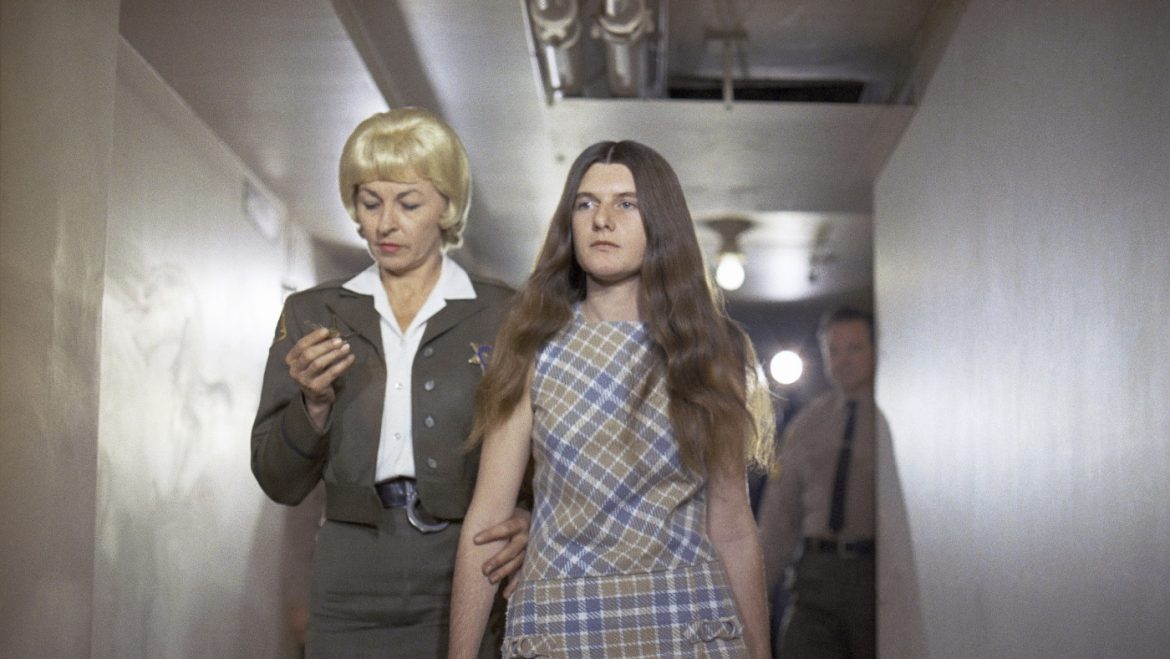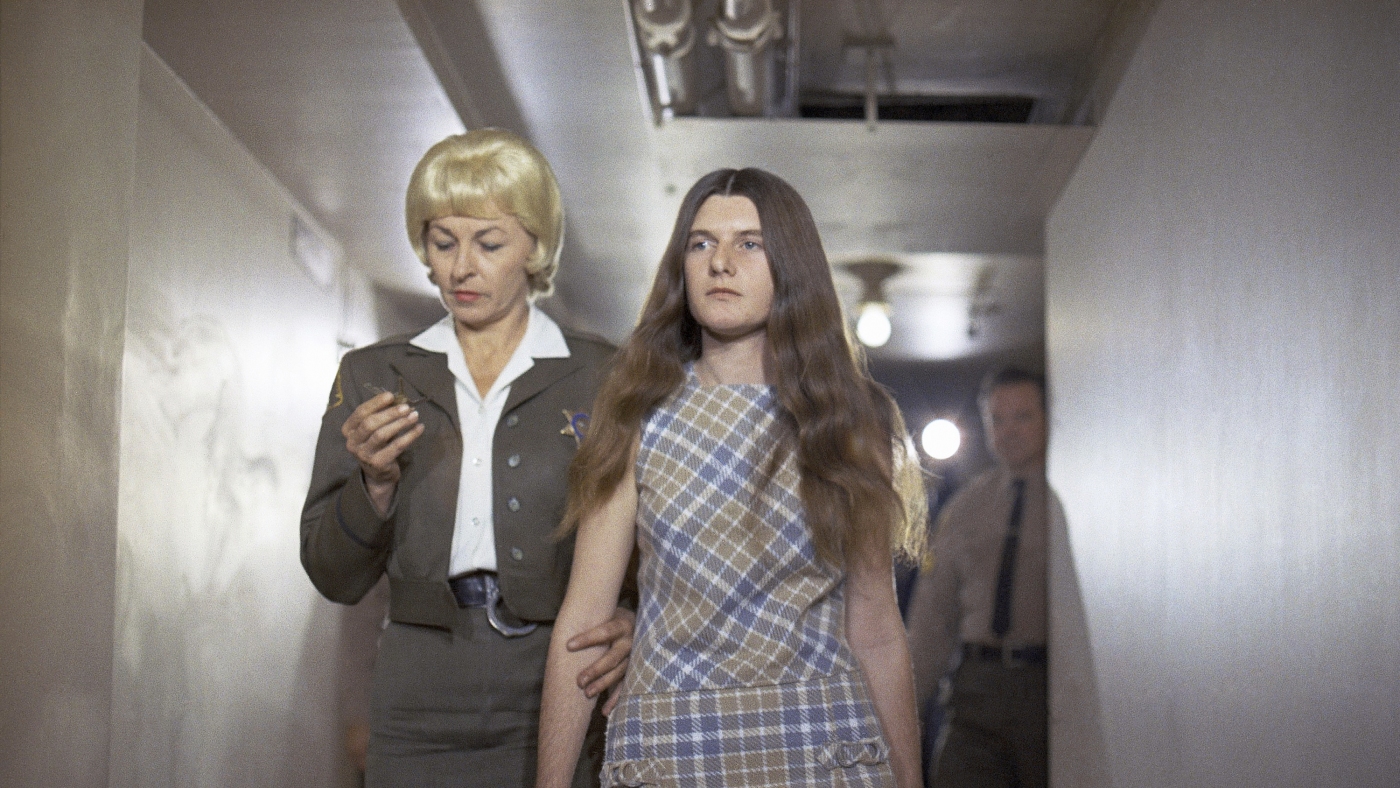The prospect of parole for former members of the infamous Manson Family cult, particularly Patricia Krenwinkel and Leslie Van Houten, continues to ignite complex discussions surrounding justice, rehabilitation, and public safety. These individuals, once deeply involved in Charles Manson’s 1969 killing spree, have spent over five decades behind bars, prompting questions about redemption, legal processes, and the long shadow of heinous crimes.
Background: The Manson Family Murders and Key Figures
In the summer of 1969, under the direction of cult leader Charles Manson, followers committed a series of brutal murders that shocked the nation. Patricia Krenwinkel, who was only 21 at that time, was convicted for her role in the killings of seven people, including the Tate-LaBianca murders. Leslie Van Houten was similarly convicted for her part in the LaBianca murders, a double homicide involving Leno and Rosemary LaBianca.
Both Krenwinkel and Van Houten were sentenced to life imprisonment and have since become some of California’s longest-serving inmates. Krenwinkel holds the distinction of being the longest-serving female prisoner in the state.
Parole Recommendations: A Path Fraught with Obstacles
Despite the severity of their crimes, both women have been recommended for parole multiple times in recent years. The California Board of Parole Hearings has found that, based on their age, clean disciplinary records, and demonstrated rehabilitation—Krenwinkel being 77 and Van Houten now out of prison—there is a minimal risk of reoffending.
Leslie Van Houten’s parole release after over 53 years in prison marked a significant moment. After repeated denials, an appeals court upheld her suitability for parole, and she has since been transitioned to a halfway house in California. Her case reflects both the legal successes and emotional challenges of relaxing lifelong prison terms for notorious offenders.
Patricia Krenwinkel’s parole recommendation, however, continues to encounter resistance. California Governor Gavin Newsom notably overruled the 2022 parole grant, citing concerns that Krenwinkel still poses “an unreasonable risk of danger to public safety.” This veto underscores the broader societal hesitation to free individuals connected to such particularly horrific crimes, no matter how much time has passed.
The Debate: Public Safety Versus Rehabilitation
The discussion about whether Manson Family members should be released on parole pivots on the tension between recognizing personal growth and ensuring community safety.
Arguments Supporting Parole
– Rehabilitation Evidence: Both Krenwinkel and Van Houten have spent the majority of their lives in prison, with no recent disciplinary issues and various efforts to demonstrate remorse and take responsibility.
– Age and Reduced Risk: At advanced ages, the likelihood of recidivism statistically decreases, which some parole boards consider when recommending release.
– Justice System Principles: Some advocates argue that a justice system’s goal is not only punishment but also rehabilitation, and after decades behind bars, continued incarceration may no longer serve a constructive purpose.
Concerns Against Parole
– Nature of Crimes: The extreme brutality, public trauma, and symbolic weight of the Manson murders make any parole decision highly contentious.
– Victims’ Families: Survivors and relatives often vocally oppose releases, emphasizing the enduring impact of these violent acts.
– Public Safety Perceptions: Governors and parole boards may be wary of releasing inmates whose crimes continue to provoke fear, regardless of rehabilitation claims.
Impact on Victims’ Families and Society
Family members of victims, such as Sharon Tate’s sister, have publicly condemned parole efforts, labeling some former members as “monsters” still capable of harm. This highlights the emotional stakes and the deep wounds left by the cult’s actions. Their opposition plays a significant role in parole considerations, influencing political and legal officials’ decisions.
Conversely, the legal system must balance these sentiments with considerations of fairness and human rights, ensuring that lifelong sentences are applied consistently and evaluated based on individual progress.
Reflection on the Justice System’s Challenge
The cases of Patricia Krenwinkel and Leslie Van Houten illustrate a profound challenge within criminal justice: how to manage the legacies of infamous crimes decades later. The decision to grant or deny parole involves more than legal criteria—it encompasses societal judgment, evolving views on punishment, and the complex psychology of forgiveness.
Their stories also bring to the fore discussions about cult influence, personal accountability, and transformation. For instance, Van Houten has openly acknowledged her past actions and role in the murders, a key consideration in parole evaluations.
Conclusion: A Complex Crossroads of Justice and Redemption
The ongoing parole deliberations for former Manson Family members like Patricia Krenwinkel exemplify a tangled web of legal, emotional, and ethical factors. While Krenwinkel awaits gubernatorial approval after another parole board recommendation, Leslie Van Houten’s release sets a precedent that some longtime offenders may indeed transition back into society after demonstrating reform.
This saga serves as a powerful reminder that the path from notorious criminal pasts to potential freedom is neither straightforward nor universally accepted. It forces society to grapple with questions about the balance between the unforgiving nature of justice for egregious acts and the hopeful belief in human capacity for change. Regardless of the final outcomes, the stories of these women will continue to provoke reflection on the limits and possibilities of redemption behind bars.


